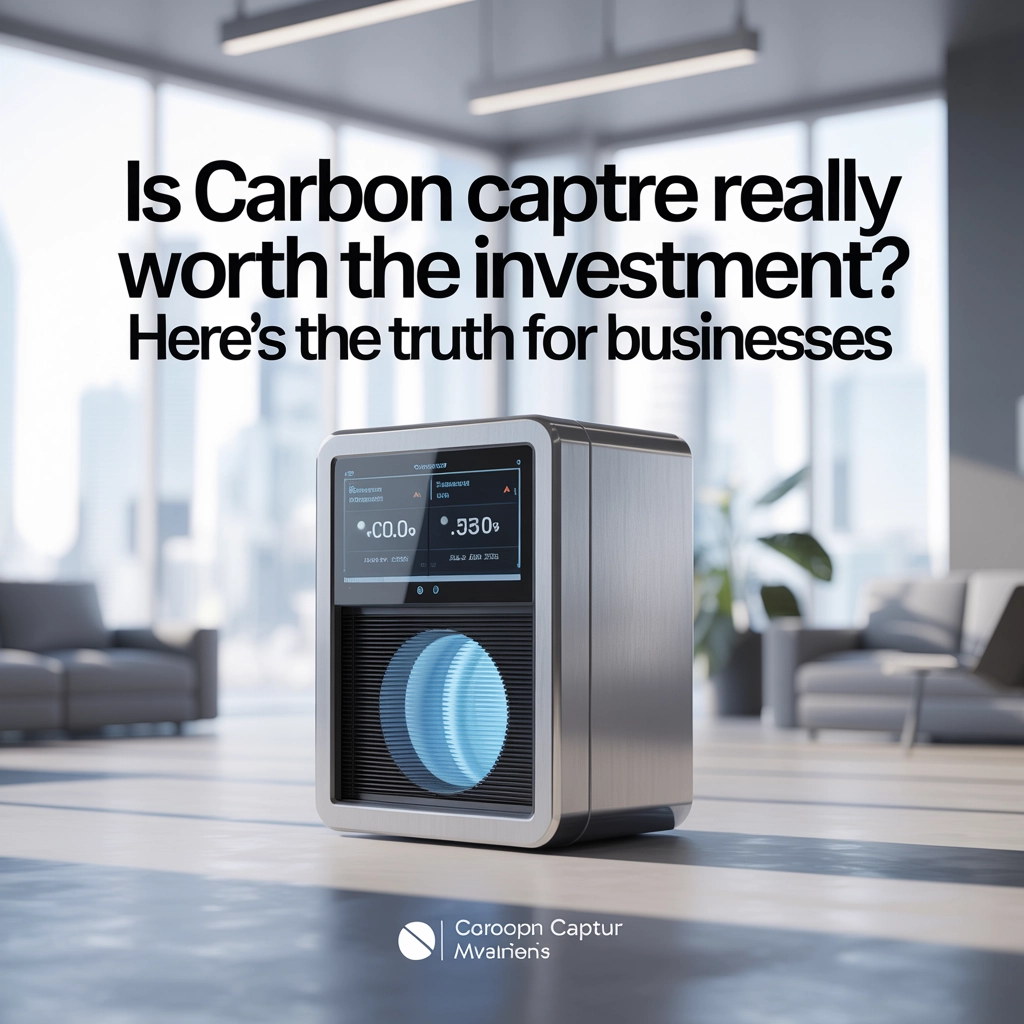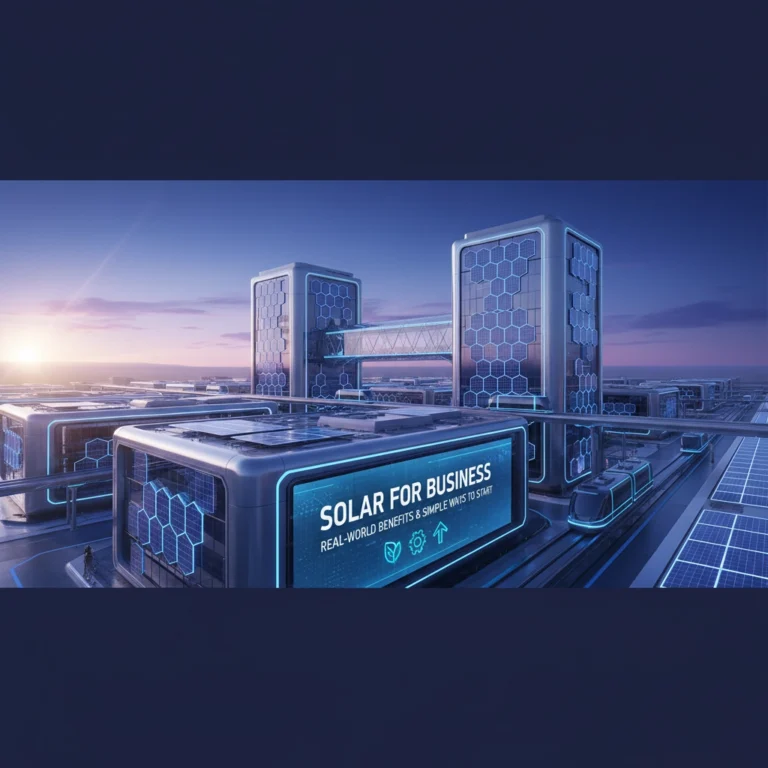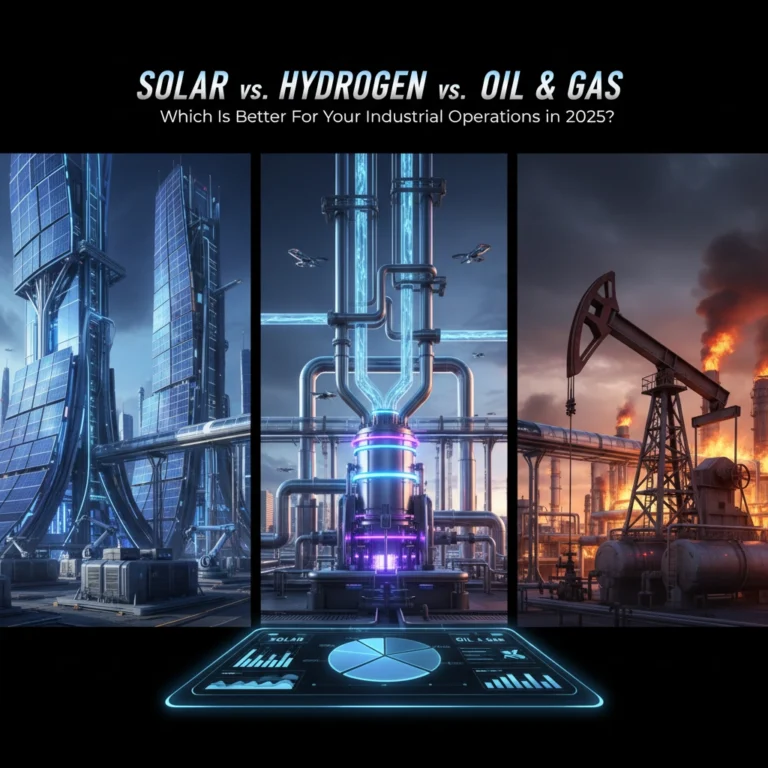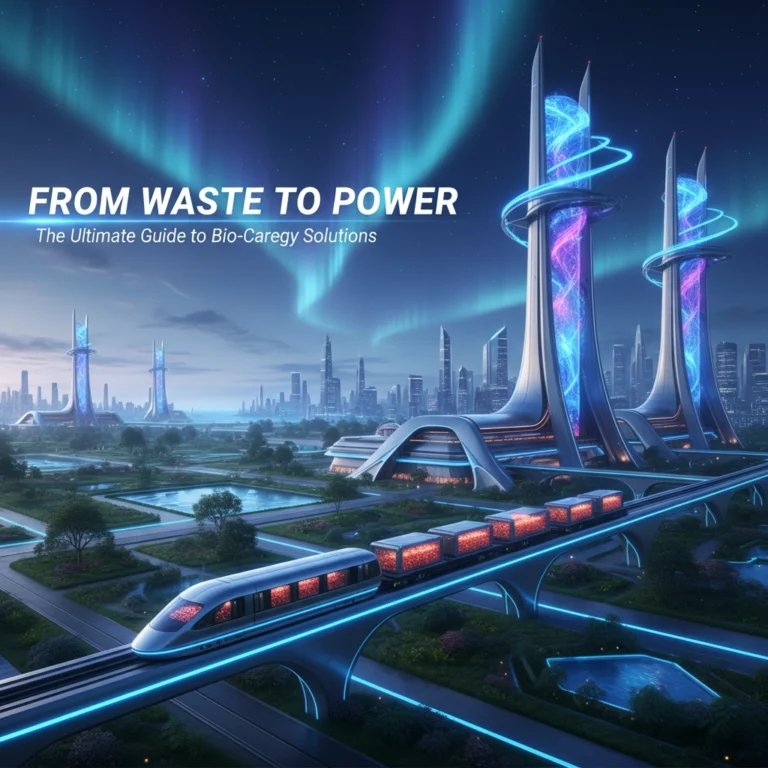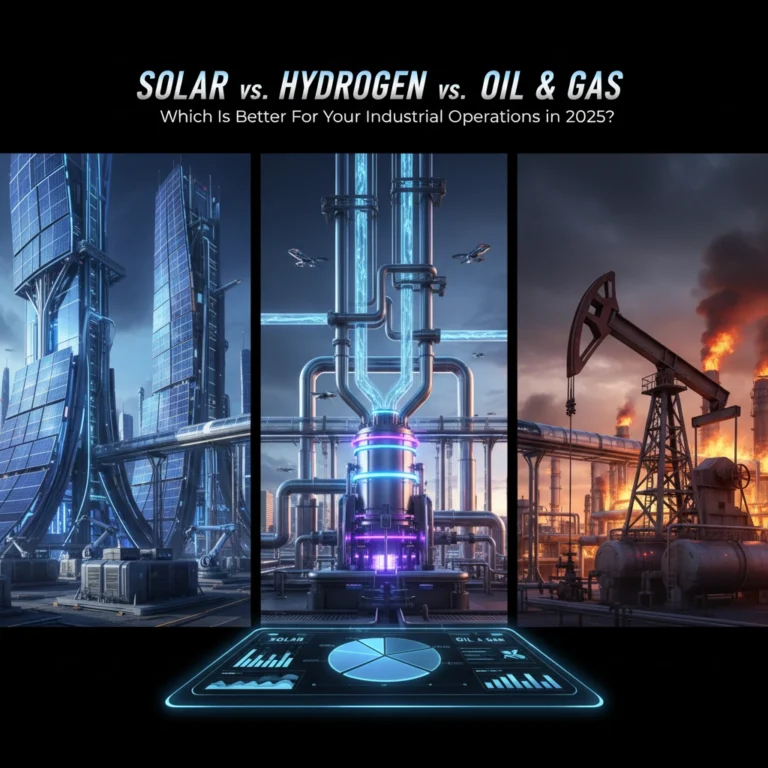Is Carbon Capture Really Worth the Investment? Here's the Truth for Businesses
Carbon capture technology is getting serious attention from business leaders worldwide, but the big question remains: is it actually worth your investment dollars? With costs ranging wildly and government incentives changing, the answer isn't straightforward. Let's dive into the real numbers and strategic considerations that should guide your decision.
The Current Economics: What You're Really Looking At
Carbon capture costs vary dramatically depending on your industry and specific setup. Right now, you're looking at anywhere from $15 to $120 per metric ton of CO2 captured. But here's where it gets interesting for different sectors:
- Power generation: Around $60 per ton
- Natural gas processing: $85 per ton
- Cement production: $130 per ton
- Steel manufacturing: $140 per ton
- Direct air capture: $250 per ton
These numbers matter because they determine whether your project makes financial sense with current incentives. The federal 45Q tax credit offers $85 per ton for saline storage, which means power generation and natural gas facilities can potentially turn a profit, while heavy industry still faces significant gaps.
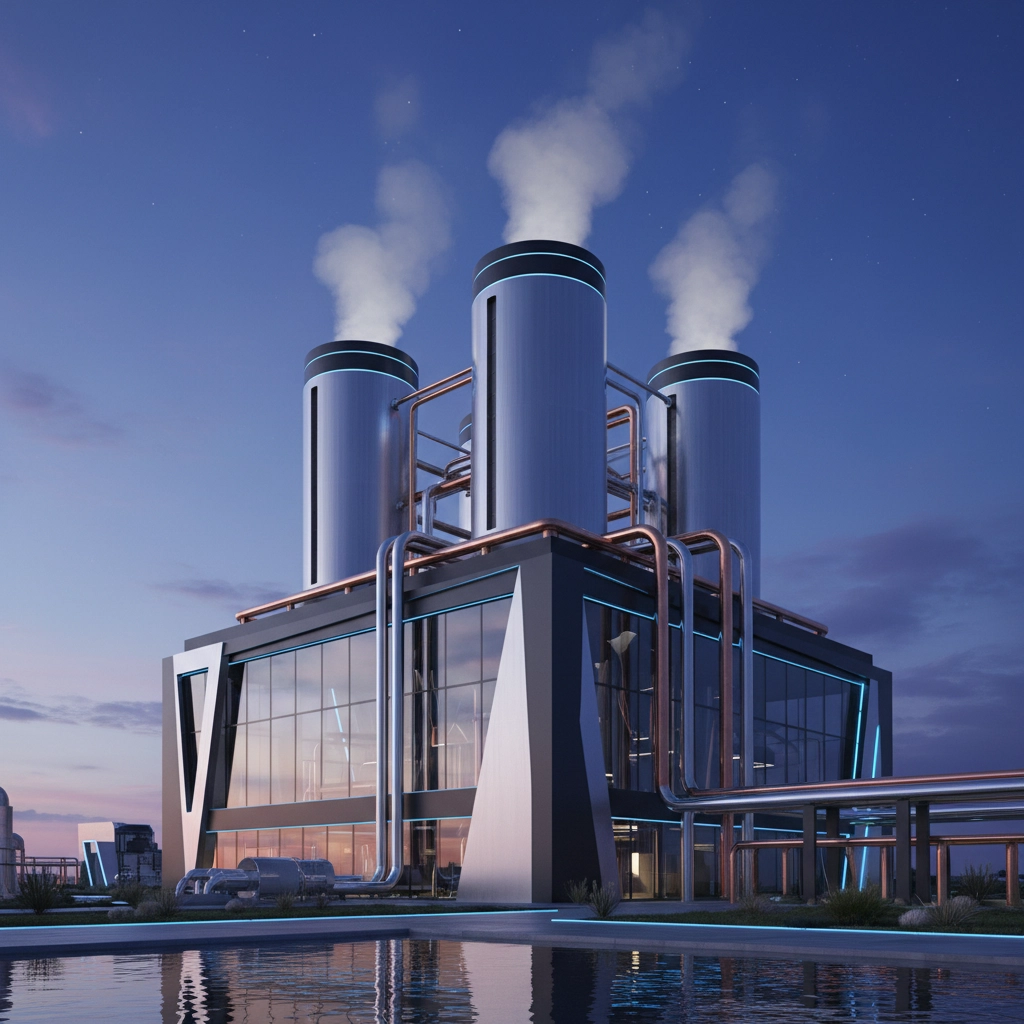
The Hidden Financial Upside
Here's something most analyses miss: every dollar invested in carbon capture creates up to four dollars in economic activity. This multiplier effect comes from job creation, infrastructure development, and supply chain impacts that extend far beyond your initial investment.
Real-world results are promising too. Industrial facilities using carbon capture have achieved 55 to 90 percent reductions in lifecycle CO2 emissions while also cutting other pollutants like sulfur and nitrogen oxides. That's not just environmental benefit: it's regulatory compliance and operational efficiency rolled into one.
The transferability feature of 45Q credits adds another layer of financial flexibility. You can sell these credits for upfront cash, which is particularly valuable for smaller companies without large tax liabilities. Industry data shows that removing this transferability could increase financing costs by up to 30 cents per dollar invested.
Market Momentum: The $80 Billion Wave
The carbon capture market isn't just growing: it's exploding. We're looking at $80 billion in cumulative investments over the next five years, driven by both policy support and corporate climate commitments.
Cost projections show a 14 percent reduction by 2030, primarily through capital cost reductions and improved transport infrastructure. This cost decline is crucial for marginal projects that aren't quite viable today but could be profitable within the decade.
Two-thirds of new capacity is coming online in North America and Europe, with North America leading deployment. This geographic concentration creates opportunities for shared infrastructure and reduced per-unit costs as the market matures.

Sector-Specific Reality Check
Oil and Gas Leading the Charge
Major players like Equinor, Shell, and TotalEnergies are pioneering large-scale deployment because they have existing infrastructure and technical expertise. If you're in this sector, carbon capture often makes immediate economic sense, especially for operations with high CO2 concentrations.
Manufacturing's Challenging Path
Industries like cement, fertilizer, and steel face a tougher road. These sectors can't easily electrify their processes, making carbon capture one of the few viable decarbonization options. However, current economics require enhanced government support to work.
The good news? Manufacturing is projected to account for 41 percent of annual CO2 captured by mid-century as costs decline and policies strengthen. Getting in early could provide significant competitive advantages as regulations tighten.
Technology and Service Opportunities
Companies like Meta, Apple, and Netflix are creating demand for carbon reduction services, opening opportunities for businesses that develop or provide carbon capture solutions rather than implementing them directly.

The Strategic Investment Framework
Your carbon capture investment decision should align with three distinct timelines:
Immediate Viability (2024-2025)
If you're in natural gas processing, power generation, or have operations with CO2 concentrations above 10-15 percent, current economics likely work with existing incentives. These are the no-brainer investments that can generate returns today.
Medium-Term Positioning (2025-2030)
For hard-to-decarbonize sectors, now is the time to prepare for declining costs and enhanced policy support. Early movers in cement, steel, and chemical manufacturing can position themselves advantageously as the technology becomes more economical.
Long-Term Strategic Value (2030+)
As carbon pricing mechanisms strengthen and regulatory requirements expand, carbon capture capability becomes operational insurance. Companies without decarbonization strategies may face compliance issues or market access restrictions.
Policy Landscape: The $120 Per Ton Push
Industry experts are pushing for the 45Q credit to increase from $85 to $120 per ton, which would fundamentally change project economics across heavy industry. This isn't just wishful thinking: it's based on detailed economic modeling showing this level is necessary to make carbon capture viable for cement and steel production.
State-level initiatives are also emerging, with several states offering additional incentives that can stack with federal credits. These policy developments could rapidly improve project economics for businesses in participating states.

Making Your Investment Decision
The fundamental reality is stark: carbon capture will always cost more than not capturing CO2 at all. But for many businesses, that's no longer the relevant comparison. The choice is increasingly between investing in carbon capture or facing future regulatory compliance costs, market access restrictions, or stranded asset risks.
For energy-intensive industries, carbon capture isn't just an environmental initiative: it's infrastructure for operating in a carbon-constrained world. The question isn't whether carbon pricing is coming (it is), but whether you'll be ready when it arrives.
Immediate action makes sense if:
- Your operations have high CO2 concentrations
- You can access current government incentives
- You have technical expertise or strong partners
- Regulatory pressure is mounting in your sector
Strategic positioning makes sense if:
- You're in hard-to-decarbonize industries
- You have long investment horizons
- You can benefit from learning curve advantages
- Your competitors aren't moving yet
The carbon capture investment landscape is complex, but the trajectory is clear. Costs are declining, policies are strengthening, and market pressure is building. The businesses that will thrive are those that start building carbon capture capabilities now, positioning themselves for the inevitable transition to a carbon-constrained economy.
For most businesses, the question isn't whether carbon capture is worth the investment: it's whether you can afford not to invest in your industry's decarbonization future.

